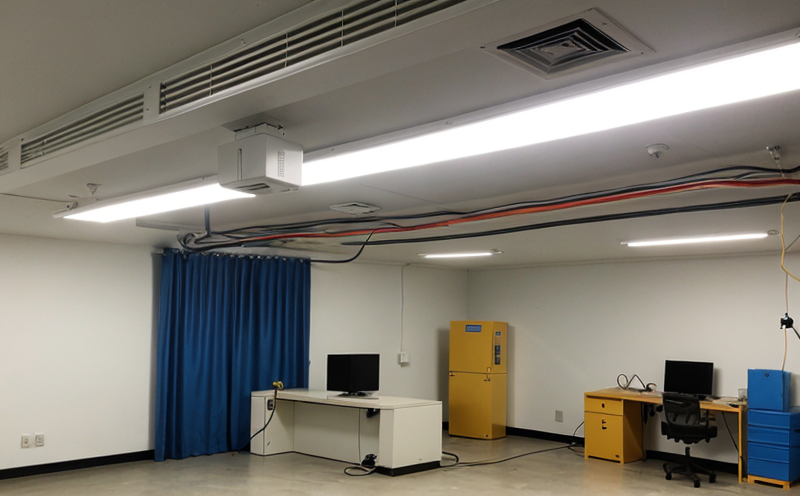EN 12464-2 Lighting Requirements for Outdoor Workplaces
The European standard EN 12464-2 specifies the lighting requirements for outdoor workplaces. This standard ensures that workers in such environments have sufficient illumination to perform their tasks safely and effectively, thereby reducing the risk of accidents and enhancing productivity.
Outdoor workspaces can encompass a wide range of activities including construction sites, road works, landscaping projects, and maintenance operations. The criteria outlined in EN 12464-2 are designed to cater to these diverse environments while maintaining consistency with international best practices.
The standard covers the following aspects:
- General principles for outdoor workplaces
- Lighting design requirements
- Measuring and assessing lighting conditions
- Testing procedures
To ensure compliance, the test procedure involves several steps. First, the site should be surveyed to identify critical areas where lighting is essential for safety and efficiency. Second, appropriate luminaires must be selected based on the specific requirements of each area. Third, the luminaires are installed according to the specified parameters. Finally, a thorough testing process is conducted using approved methods.
The acceptance criteria for EN 12464-2 involve meeting the minimum illuminance levels at various points within the defined workplace boundaries. The standard also considers factors such as glare control and uniformity of light distribution.
Understanding these requirements is crucial for quality managers, compliance officers, R&D engineers, and procurement teams involved in outdoor project management. Proper implementation not only ensures worker safety but also contributes to overall operational efficiency.
Industry Applications
- Construction sites where workers need clear visibility during daylight hours and after sunset.
- Road works that require safe lighting conditions for both workers and passing traffic.
- Landscaping projects that involve intricate work in partially enclosed spaces.
- Maintenance operations such as cleaning or repair tasks carried out at night.
In each of these applications, the standard plays a vital role by providing clear guidelines on how to design and implement lighting systems effectively. Compliance with EN 12464-2 helps in creating safer working environments, which is particularly important given the nature of outdoor work where visibility can be challenging.
Why Choose This Test
Selecting the right testing service for your outdoor workplace lighting needs involves several key considerations. Firstly, choosing a reputable laboratory ensures that you receive accurate and reliable results every time. Secondly, experienced technicians are crucial in interpreting complex data accurately. Lastly, using internationally recognized standards like EN 12464-2 adds credibility to your compliance efforts.
Here’s why this test is essential:
- It minimizes the risk of accidents by ensuring adequate lighting levels.
- It enhances worker productivity through optimized working conditions.
- It supports regulatory requirements and legal compliance.
- It fosters a safer work environment, which can lead to improved morale and reduced absenteeism.
The benefits extend beyond immediate safety measures. By adhering to these lighting standards, businesses demonstrate their commitment to sustainability and operational excellence. This approach not only meets current regulations but also prepares organizations for future changes in legislation or industry practices.
International Acceptance and Recognition
The European standard EN 12464-2 enjoys widespread acceptance across Europe and beyond due to its comprehensive nature and alignment with international best practices. It is widely recognized by regulatory bodies, employers, and workers alike for setting robust lighting requirements.
Achieving compliance with this standard can significantly enhance an organization’s reputation among clients and partners who appreciate the commitment to safety and quality. Moreover, it opens doors to international markets where similar standards are in place or being implemented.





